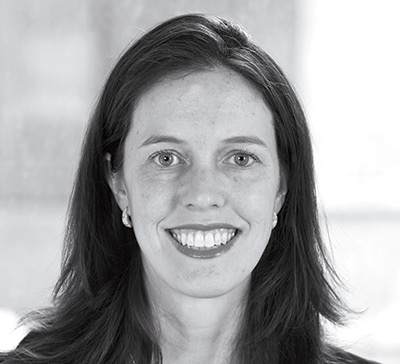
Illustration: Jon Krause
S0…what’s the point of those higher ed rankings, anyway?
Does ranking high in the annual “best colleges and universities” listings really reflect the quality of teaching and learning in a school?
In a word, no, says TC’s Corbin Campbell, Assistant Professor of Higher Education. “It might signal to employers that students are smart coming in, but it has little to do with what’s actually happening inside that university.”

Campbell spearheads a unique research program that quantifies post-secondary educational quality down to the classroom level and compares it within and across institutions. In a multi-institutional study in 2013 and 2014, she, her TC students and others watched hundreds of class sessions and analyzed syllabi at nine diverse institutions, including public and private, more and less selective, and research-based and liberal arts.
I’m interested in starting a conversation with the broader public about what’s important in a college education. What environments foster good teaching and learning?”
— Corbin Campbell, Assistant Professor of Higher Education
One preliminary finding, albeit from a small sample size: classes taught in so-called “broad access” institutions scored higher than those in more selective, prestigious schools on teaching quality indicators such as leveraging students’ prior knowledge and connecting it to a course’s core ideas.
There’s precedent for Campbell’s detailed observations inside schools.
“In K-12 education research, we have tens of thousands of videotaped observations, used in countless studies,” she says. “But in higher education, there has been little quantitative observational research.” Ethnographies exist, she says, but do not lend themselves to structured comparison.
Campbell, an Academic Fellow for the Institute for Higher Education Policy and Lumina Foundation’s Policy Direct program, reports strong interest in her project — including from faculty her team has observed. “I think they feel they put a lot of effort into teaching practice that sometimes gets ignored.” Ultimately, though, she’s targeting a larger audience.
“I’m interested in starting a conversation with the broader public about what’s important in a college education. What environments foster good teaching and learning? How much do you know about that broad-access institution next door that — guess what — has great teaching and learning practices? Don’t discount that graduate from there!”